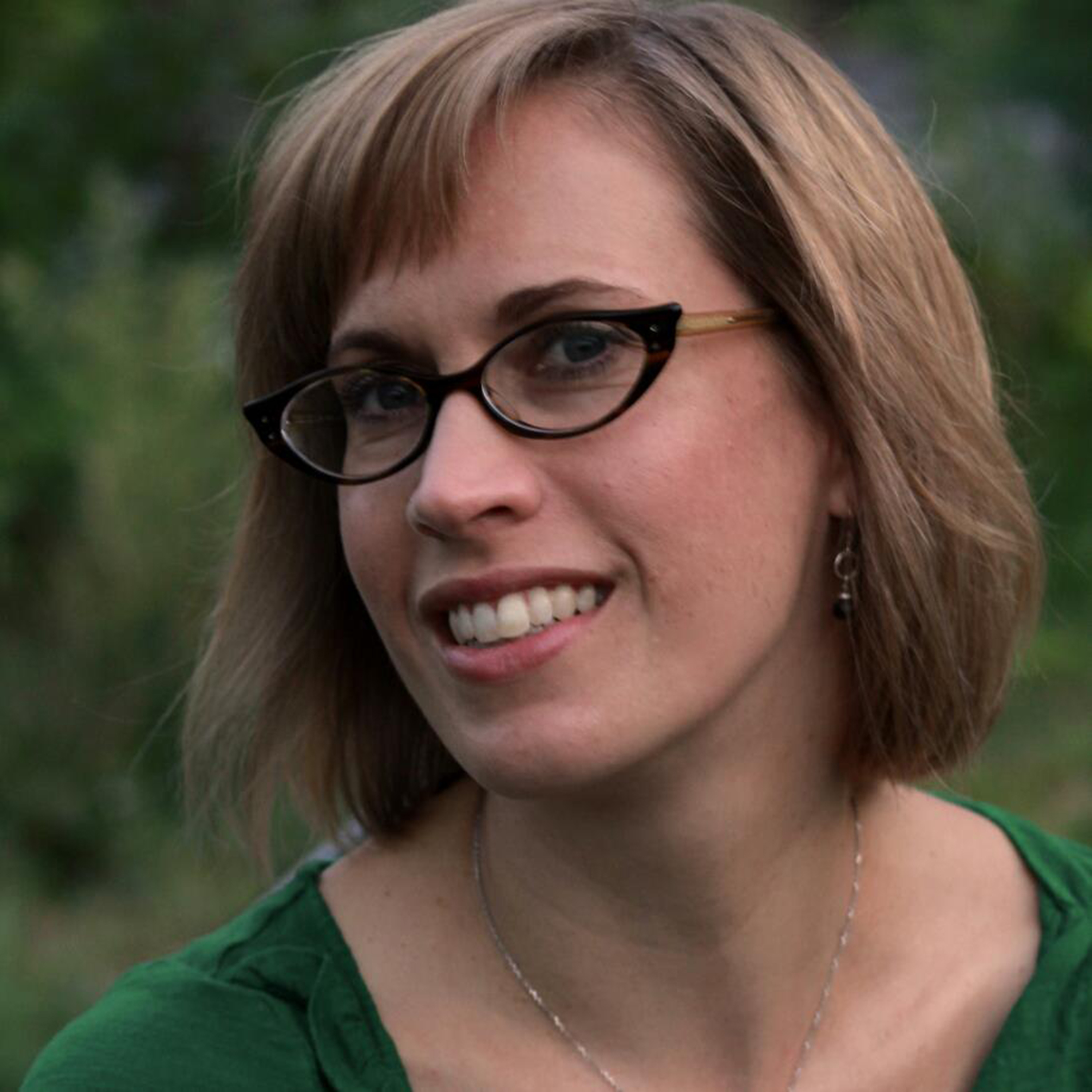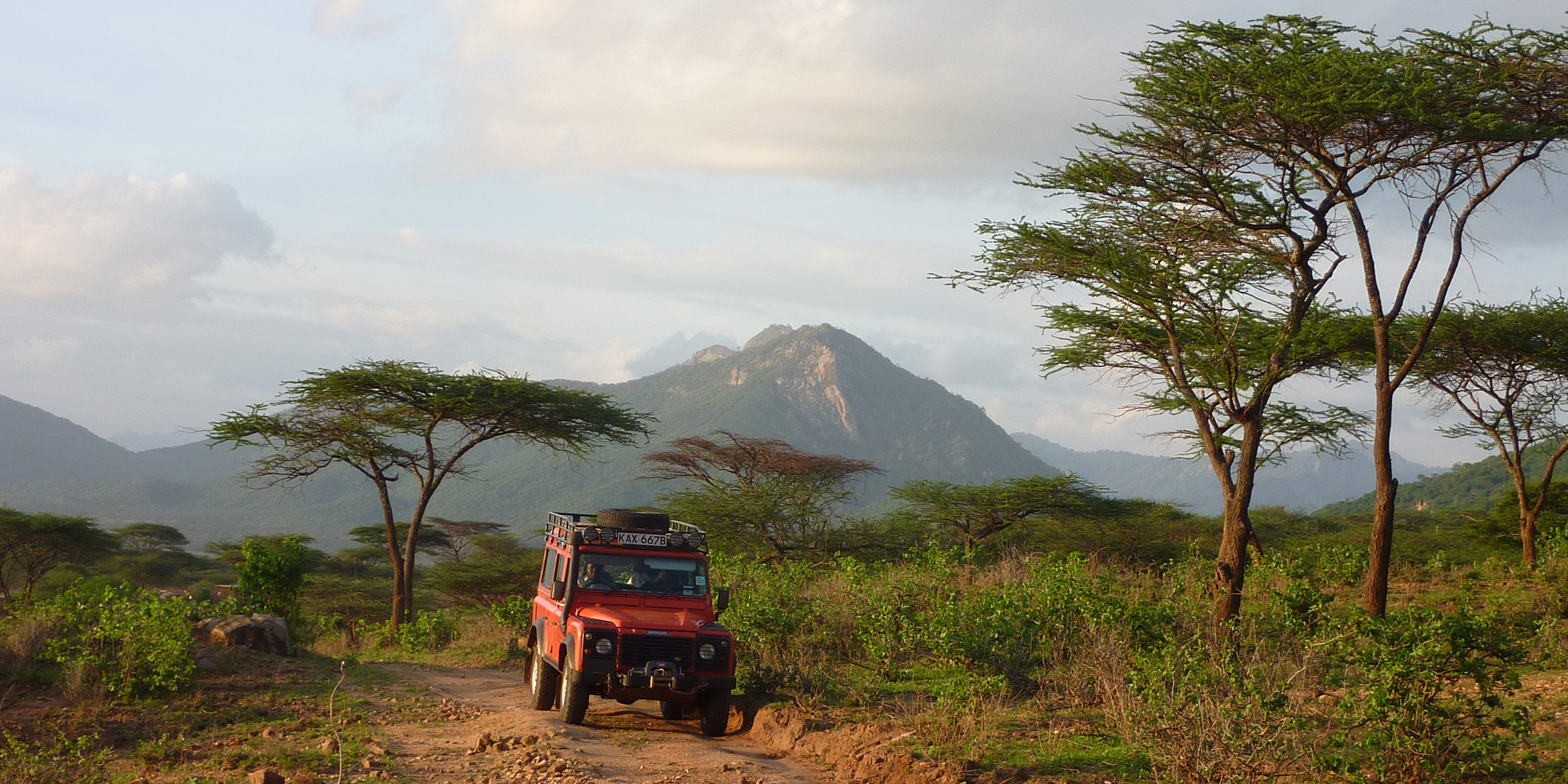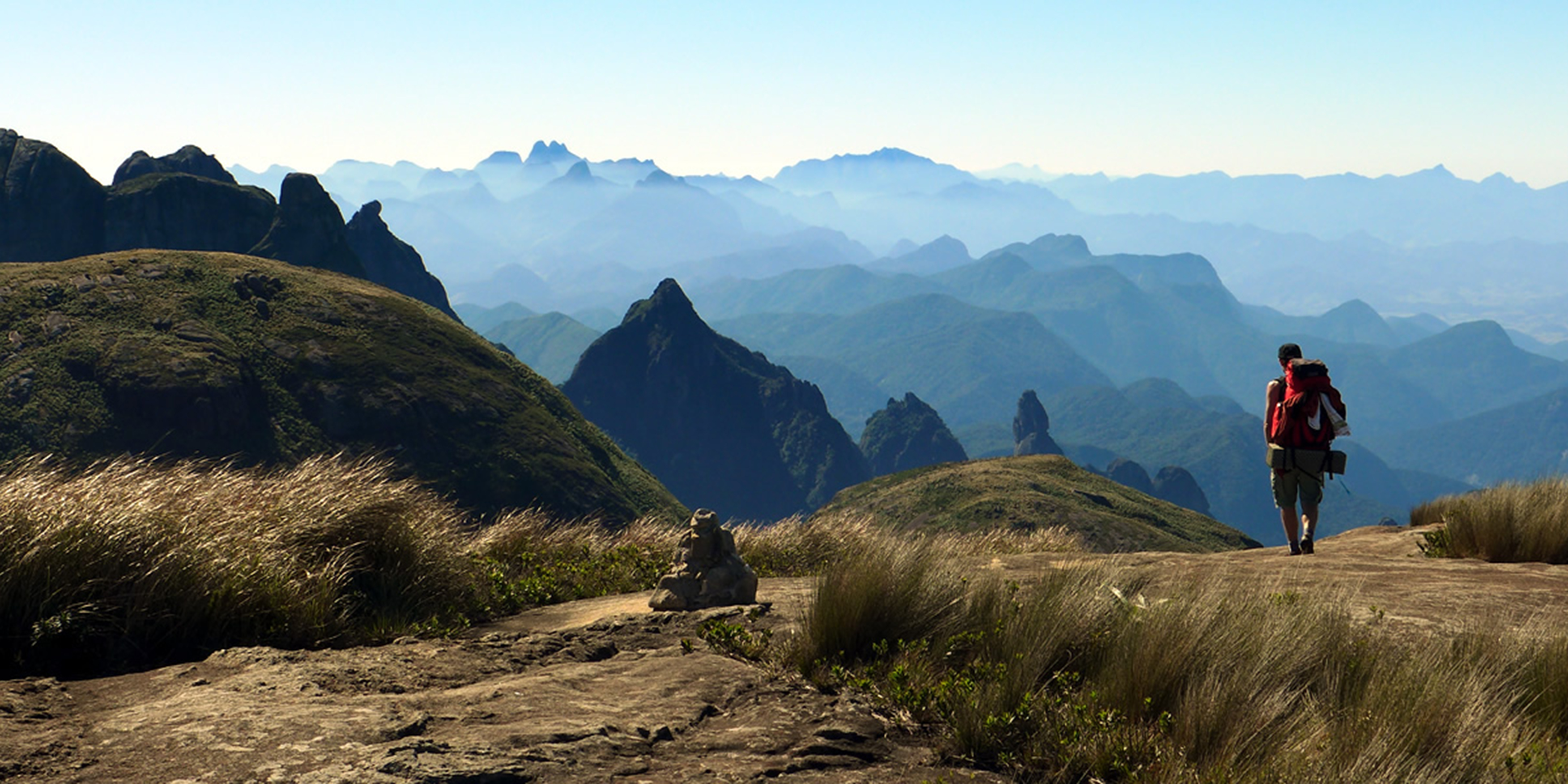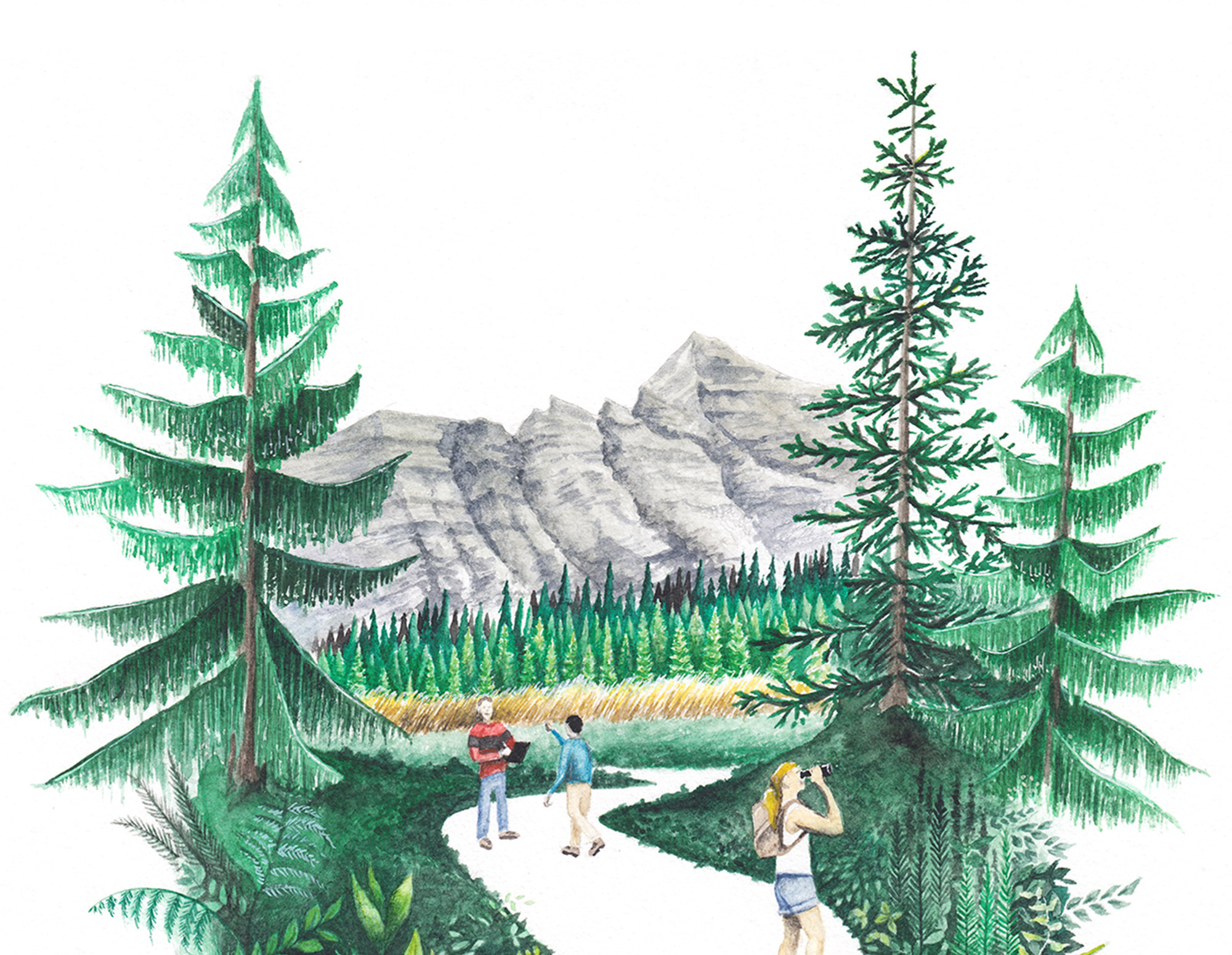Our Safety Commitment
.
How does Earthwatch Assess Risk and Promote Safety in the Field?
Risk is an inherent part of traveling, and even more broadly, risk is present in every aspect of our lives. At Earthwatch, we’re committed to caring for the safety and welfare of each and every one of our volunteers who dedicate their time to supporting environmental research throughout the world. Whether you’re tracking endangered wildlife in Malawi or responding to a climate crisis in the Peruvian Amazon, unexpected incidents can happen. However, we believe that through careful risk management and diligent planning, Earthwatch volunteers can have a rewarding, educational, and inspirational experience
Travel medical and emergency evacuation insurance for your Earthwatch expedition is automatically included in the contribution you pay to Earthwatch. This insurance includes cover for medical expenses, emergency medical evacuation, and emergency evacuation due to a security issue or natural disaster while on an Earthwatch expedition.
.
.

A Q&A with Earthwatch’s Director of Program Delivery
We spoke with Earthwatch’s Director of Program Delivery, Heather Pruiksma, who shared insights on how Earthwatch manages incidents in the field. We asked Heather to answer some common questions about how Earthwatch assesses different types of risks and how Earthwatch keeps all of our volunteers safe and healthy.
.
What are the protocols we have in place to deal with major natural events?
When we’re bringing on a new project in an area where there’s any risk of wildfires, hurricanes, earthquakes, or other events, we develop a detailed “threat assessment.” These assessments, which identify any potential hazards, are conducted for all of the countries and regions in which we operate. They help us to determine whether we’re going to operate in a country in the first place but also helps direct the conversations we’re going to have with scientists when we’re preparing the risk assessment for their project in that country or region.
Risk assessments dive more deeply into the specifics of the research sites, the research activities, and the times of year teams will be fielding. As part of this process, we make agreements with the scientists in the form of emergency response plans on what to do should emergencies such as hurricanes arise in the field. We also have plans in place for when something arises unexpectedly while a team’s in the field so that the scientists, Earthwatch staff, and the volunteers have access to the same information about our emergency providers, how to reach Earthwatch (day or night), how to use the emergency radios, details on evacuation routes, who conducts the evacuations, and so on.
How do you assess an immediate risk?
We assess the situation every day to monitor location, intensity, response, official reports, and expert predictions. We do this with hurricanes, wildfires, and other events. So when a natural event is taking place, there’s a certain amount of pre-planning that we can do. We can’t fix the wildfire, we can’t fix the hurricane, but we can assess its status and stay up-to-date on the experts’ predictions on what those impacts are going to be on a team currently in the field or an upcoming team.
How do you prepare for something like an earthquake, which is almost impossible to predict?
That’s a lot harder because like you said, you can’t predict them. They happen when they happen, but we have plans in place in order to respond to them quickly and effectively. In the case of the Mexico City earthquake, there were no teams in the field, but we did end up canceling an upcoming team so as not to interfere with recovery efforts.
For example, during a volcano project in Costa Rica several years ago, an earthquake occurred while a team was in the field. However, we had prepared the scientist on how to respond to this type of event, including finding a safe place to stay and maintaining a calm leadership presence. The scientist, in turn, had prepared the volunteers on how to behave in the event of a problem in the field as part of the initial safety briefing at the start of the team. The scientist did a great job of following the response plan and making sure everyone was safe and comfortable, and we were able to support their incident response from headquarters. There were no injuries and everyone returned home happy and healthy.
.
.
Stories of Risk Responses
You might be wondering how, exactly, Earthwatch responds when there’s a safety incident in the field—a medical emergency, perhaps, or a dangerous weather event. How do we assess risks related to terrorist activities near project sites, or threats from disease epidemics, such as Zika virus? To help answer these questions, we’ve collected a couple stories of actual incidents that occurred in the field, and the ways in which Earthwatch, our insurance partners at On Call International, and the scientists and staff in the field handled the care of these individuals.
.

A Medical Emergency in Malawi
In the fall of 2015, Patricia Leroy was on the expedition Animals of Malawi in the Majete Wildlife Reserve. She was riding with her teammates in a safari truck when the vehicle hit a bump. She fell off, landed on her back, and lost consciousness for about three minutes. Patricia was transferred by air ambulance to a private clinic in South Africa, where she underwent physiotherapy every day until she was well enough to fly back to Switzerland. Despite her traumatic experience, Patricia reflects on Earthwatch’s response to the incident with positivity.
.
During this entire period, there was not a day when I was not contacted by people from Earthwatch in Malawi and in the U.S., or by the person from Healix who was in charge of my case. I was very well taken care of, not only medically but also psychologically. Everybody was so kind and helpful. It may sound strange to say this, but I found it an interesting and positive experience! I’m now only waiting to have fully recovered to take part in another Earthwatch expedition.
.

Appendicitis in Brazil
EY fellow and Earthwatch volunteer Aric Johnstone was trekking through Brazil when he started to experience severe stomach cramps. He was immediately taken to the hospital, where he was diagnosed with appendicitis.
Earthwatch was, simply put, remarkable in handling an unexpected emergency trip to the hospital in rural Brazil for appendix surgery. From start to finish, I felt completely safe and in good hands while one of my project managers stayed with me night and day for four days until I was released—even at the expense of quality sleep as they only had a small reclining sofa! I was also reassured by the fact that Earthwatch performs a comprehensive emergency assessment at all of their sites to know where the preferred hospitals are and to know exactly what to do in emergencies like mine. I really can’t say enough about the care and attention I was provided, and reflect on the experience with great fondness and appreciation of the Earthwatch team
Experience hands-on science in some of the most astounding locations in the world. Meet a community of like-minded travelers and return home with stories filled with adventure.

YOUR SUPPORT MATTERS
Earthwatch depends on donations—above and beyond what we raise from volunteers who participate on our expeditions—in order to deliver our global conservation mission. In fact, volunteer contributions provide only half of the total resources Earthwatch needs to sustain over 40 field research expeditions, a wide variety of educational programs, corporate sustainability trainings, and more each year.